Snake Plant
- October 20, 2023
- 0 comment
The Snake Plant, also known by its scientific name Dracaena trifasciata, is a popular and hardy indoor plant beloved by garden enthusiasts and homeowners alike. This plant is renowned for its striking appearance, featuring long, upright leaves with distinctive horizontal bands of green and yellow, making it an eye-catching addition to any interior.

Native to West Africa, the Snake Plant is celebrated for its low-maintenance nature, making it an excellent choice for both novice and experienced plant caregivers. Notably, it possesses air-purifying qualities, effectively filtering out common indoor pollutants, including formaldehyde and benzene.
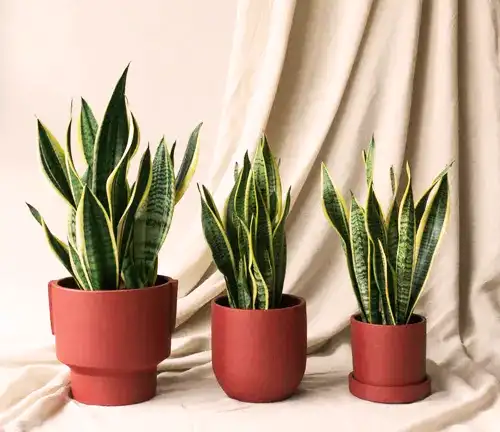
Thriving in low to moderate light conditions and tolerating infrequent watering, the Snake Plant is a resilient and adaptable houseplant, perfect for those looking to introduce a touch of nature into their living spaces without the need for extensive care.
| Characteristics | Description |
| Scientific Name | Dracaena trifasciata |
| Common Names | Snake Plant, Mother-in-Law’s Tongue, Saint George’s Sword |
| Family | Asparagaceae |
| Origin | West Africa |
| Foliage | Long, upright leaves with green and yellow horizontal bands |
| Light Requirements | Low to moderate indirect light, can tolerate low-light conditions |
| Watering | Infrequent watering, allow the soil to dry out between watering |
| Growth Rate | Slow |
| Mature Height | Typically around 2 to 4 feet (0.6 to 1.2 meters) |
| Temperature Range | 70-90°F (21-32°C) |
| Toxicity | Mildly toxic to pets and humans if ingested |
| Air-Purifying | Effective at removing indoor air pollutants such as formaldehyde and benzene |
| Care Difficulty | Very low-maintenance and suitable for beginners |
| Propagation | Through division or leaf cuttings |
| Pest and Disease Resistance | Generally resistant to common houseplant pests and diseases |
| Landscape Uses | Ideal as an indoor potted plant, but can also be used in outdoor landscaping in mild climates |
| Notable Varieties | Various cultivars with different leaf patterns and sizes are available |
| Other Characteristics | Drought-tolerant, adaptable to various indoor conditions, and a popular choice for modern interior decor due to its striking appearance and air-purifying qualities. |
Botanical Beauty of “Snake Plant”
The Snake Plant, scientifically known as Dracaena trifasciata, is a botanical marvel that has earned its place as a favorite among plant enthusiasts. Its exquisite appearance is a testament to nature’s artistry, with long, upright leaves adorned with striking horizontal bands of green and yellow. This botanical beauty, hailing from the heart of West Africa, is not only a treat for the eyes but also a testament to the wonder of plant life.
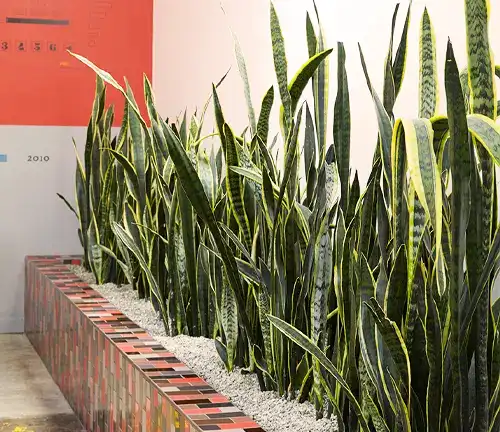
Woodland Elegance
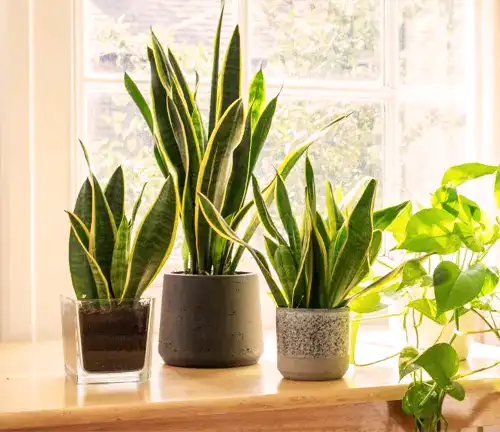
One of the Snake Plant’s most enchanting features is its woodland elegance. The long, slender leaves evoke the sense of wandering through a tranquil forest. The distinctive green and yellow bands add to its charm, making it a superb choice for those seeking to bring a touch of nature into their living spaces. Whether adorning a corner of the living room or gracing a desk, the Snake Plant effortlessly blends elegance and simplicity.
Ecological Importance
Beyond its aesthetic appeal, the Snake Plant plays a vital role in our ecosystem. In its native habitat, it contributes to the ecological balance, providing shelter and sustenance to various species. As a houseplant, it helps improve indoor air quality by removing pollutants like formaldehyde and benzene, thus promoting healthier living environments.
Cultivation and Conservation
Cultivating Snake Plants is a rewarding endeavor. They are exceptionally hardy, adapting to various light and water conditions. Their low-maintenance nature makes them a top choice for both seasoned gardeners and beginners. Conservation efforts are essential to protect these plants in the wild, as they face threats from habitat destruction and over-harvesting.

Fragrance
The Snake Plant’s fragrance, or lack thereof, is a curious aspect of this botanical wonder. Unlike many plants celebrated for their aromatic blooms, Snake Plants are known for their subtle and neutral scent. This makes them perfect for those who prefer a fragrance-free indoor environment.
Soil Stabilization
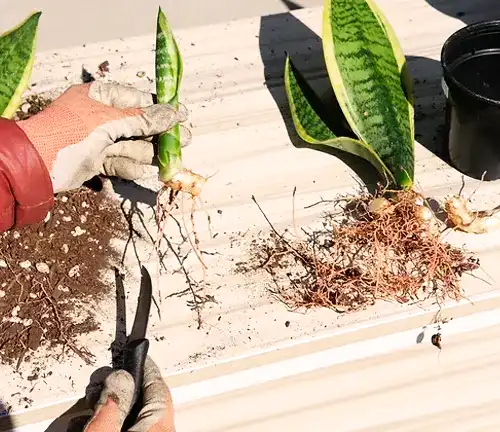
In their natural habitat, Snake Plants contribute to soil stabilization. Their root systems help prevent erosion and maintain the integrity of the soil. This ability to anchor soil makes it a valuable asset for landscaping in regions prone to soil degradation.
Common Uses
Snake Plants are versatile and find applications beyond mere decoration. In some cultures, they are believed to bring good luck and are placed in homes for that purpose. Additionally, they have been used for traditional medicinal purposes in various regions, further underscoring their value.

Benefits
The Snake Plant is more than just a pretty face; it’s a powerhouse of benefits. It not only cleanses the air in our homes but also adds a touch of elegance and tranquility to our living spaces. Its adaptability and resilience make it an excellent choice for those with busy lifestyles. By incorporating Snake Plants into our indoor environments, we not only enhance our well-being but also support the conservation of a remarkable botanical species.
Different Species

Sansevieria trifasciata (Dracaena trifasciata)
This is the most common species known as the “Mother-in-Law’s Tongue” or “Snake Plant.” It features dark green leaves with yellow or silvery horizontal stripes.
Sansevieria cylindrica
Also called the “African Spear” or “Cylindrical Snake Plant,” this species has cylindrical, smooth, and upright leaves, which set it apart from the typical flat, sword-like leaves of other snake plants.
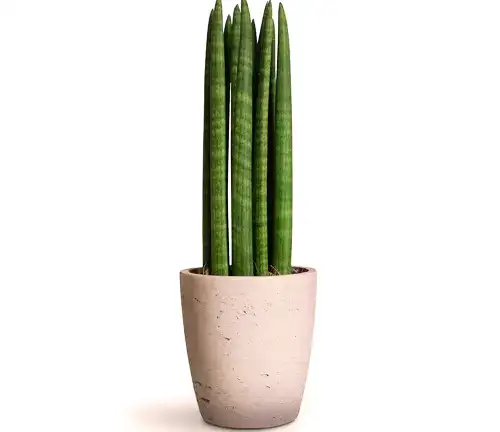
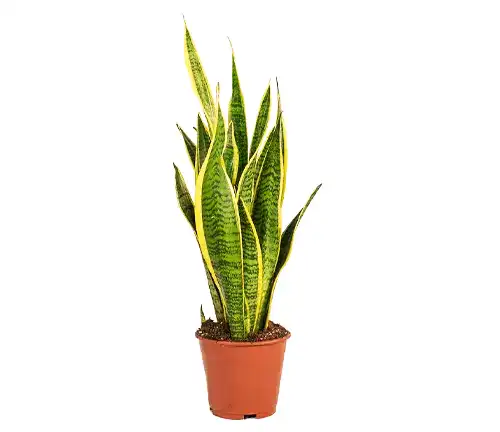
Sansevieria laurentii
Known for its striking golden-yellow leaf margins, the Sansevieria laurentii is a popular cultivar of Sansevieria trifasciata. It’s sometimes referred to as the “Gold Flame” or “Gold-Dusted” snake plant.
Sansevieria bacularis
This species is recognized by its long, cylindrical, and upright leaves that resemble bamboo. It’s often called the “Cylindrical Snake Plant” or “Bamboo Snake Plant.”
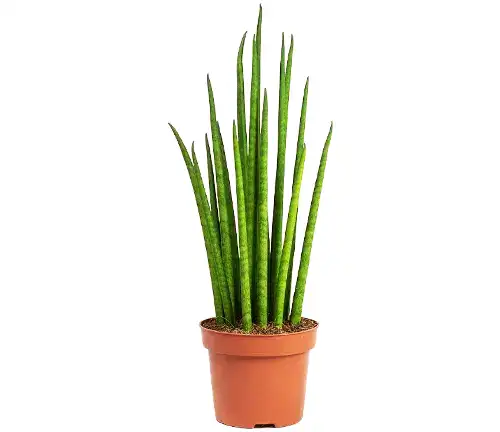
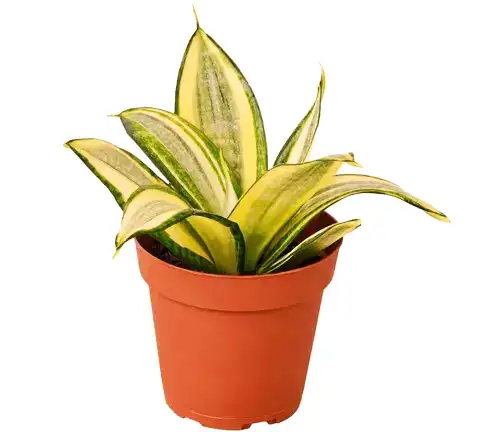
Sansevieria hahnii
This is a dwarf species with rosette-shaped leaves. It’s commonly known as the “Bird’s Nest Sansevieria” due to its compact, nest-like growth habit.
Sansevieria moonshine
This cultivar of Sansevieria trifasciata has striking silvery-blue leaves, adding a unique touch to your collection. It’s often referred to as the “Silver Snake Plant.”
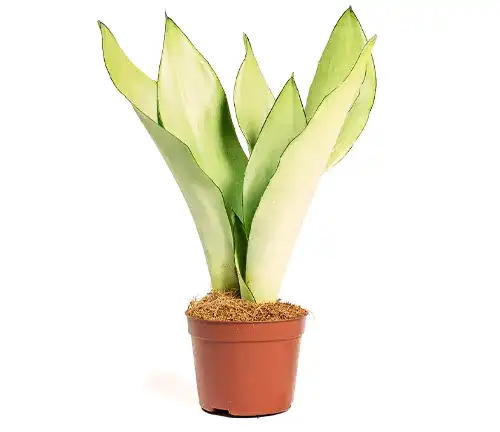
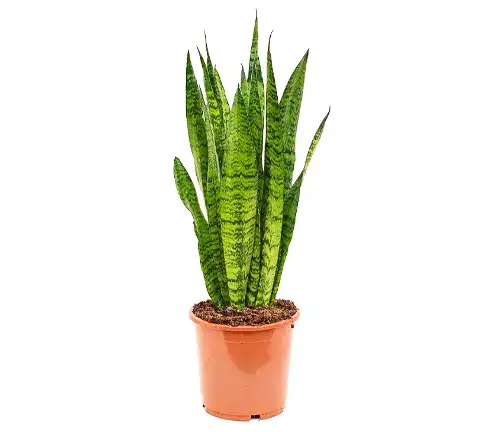
Sansevieria zeylanica
Also known as the “Ceylon Bowstring Hemp,” this species has long, narrow leaves with dark green, vertical stripes and a more flexible appearance compared to other snake plants.
Sansevieria francisii
This snake plant has shorter, stubbier leaves with a cylindrical shape and an attractive mottled pattern. It’s sometimes called the “Cylindrical Snake Plant Francisii.”
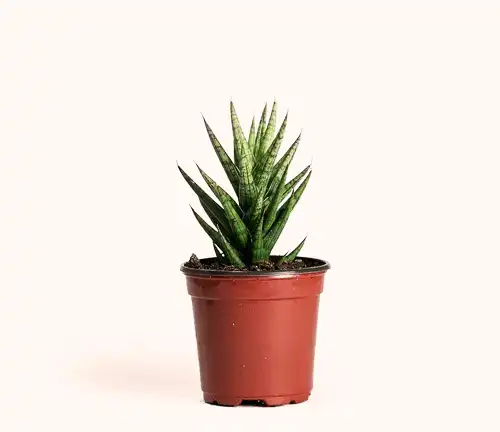
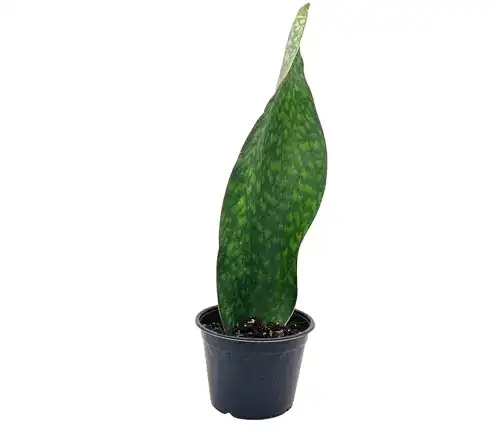
Sansevieria masoniana
Commonly known as the “Whale Fin” or “Shark Fin” snake plant, this species stands out with its uniquely shaped, broad, paddle-like leaves.
Sansevieria kirkii
Named after the botanist Sir John Kirk, this snake plant species has sword-like leaves with an attractive silver-gray hue and bold stripes.
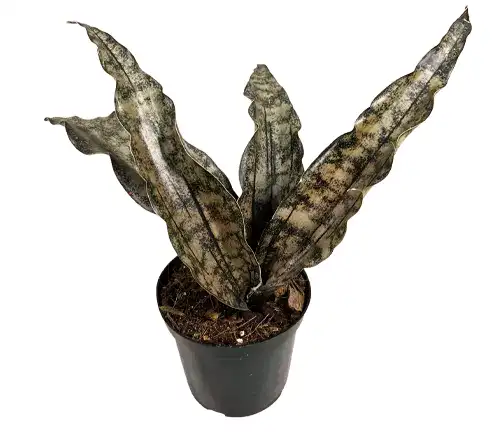
Frequently Asked Questions (FAQs)
- What is a Snake Plant?
A Snake Plant, scientifically known as Dracaena trifasciata or Sansevieria trifasciata, is a popular and resilient indoor plant with long, upright leaves characterized by distinctive horizontal bands. - How do I care for a Snake Plant?
Snake Plants are low-maintenance. They thrive in indirect light, require infrequent watering (allow the soil to dry out between waterings), and can adapt to various indoor conditions. They’re an ideal choice for beginners. - Is the Snake Plant poisonous to pets or humans?
While Snake Plants are not highly toxic, they can cause mild gastrointestinal distress if ingested by pets or humans. It’s best to keep them out of reach of curious animals and children. - What are the benefits of having a Snake Plant at home?
Snake Plants are renowned for their air-purifying properties, removing common indoor pollutants. They also add a touch of greenery to your living space and are easy to care for. - How often should I water my Snake Plant?
Water sparingly. Depending on factors like temperature and humidity, you may only need to water your Snake Plant every 2-4 weeks. Ensure the soil has dried out between waterings. - Can I put my Snake Plant in direct sunlight?
Snake Plants prefer indirect or filtered light. While they can tolerate some direct sunlight, prolonged exposure to intense sunlight may lead to leaf scorch. - Can I propagate my Snake Plant?
Yes, Snake Plants are easy to propagate. You can do so through leaf cuttings or by dividing the plant at the root. - What are common problems and pests that affect Snake Plants?
Overwatering can lead to root rot, one of the common issues. Additionally, mealybugs and spider mites can infest Snake Plants, but they are generally hardy and less susceptible to pests. - What are some popular Snake Plant varieties?
Some popular varieties include Sansevieria trifasciata, Sansevieria cylindrica, Sansevieria laurentii, and Sansevieria moonshine, each with unique leaf shapes and patterns. - Can Snake Plants grow outdoors?
Snake Plants can thrive outdoors in mild, frost-free climates. They are often used in xeriscaping and as landscape plants in such regions. - How do I maintain the aesthetic of my Snake Plant’s leaves?
Keep the leaves clean and dust-free by gently wiping them with a damp cloth or sponge. This will help maintain their attractive appearance.




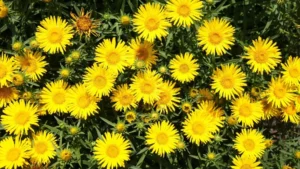
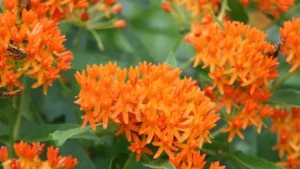
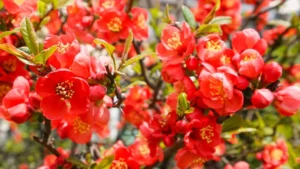

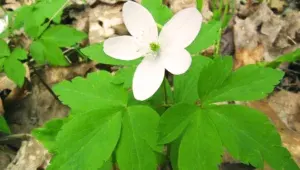

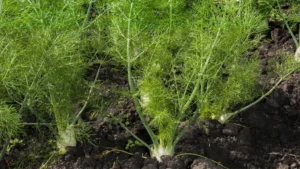



Leave your comment